
Turtle Beach Grip 300 Review
Manufacturer: Turtle BeachUK price (as reviewed): £34.99 (inc VAT)
US price (as reviewed): $39.95 (ex Tax)
The Grip 300 is Turtle Beach's affordable mouse offering. It will be available in some regions as a both individually and as a Gaming Kit, which simply comes with one of the companies medium-sized Drift mouse pads for a small extra fee (e.g. $10). It's the standalone mouse we're looking at today, which can be pre-ordered for £35.
The new mouse has a right-handed, ergonomic design with five buttons. The body is compact, so larger hands might not get on too well with it, especially palm grippers, as the shape is more suited to claw and finger grips. That said, palm is also usable, but the lack of ring and pinky support means those fingers may be left dragging or flailing slightly. Fortunately, the build quality is high, and the soft-touch non-slip coating is very pleasant to hold yet has enough friction that high-grip rubber sides aren't needed or missed.
The aesthetics are bolstered slightly by non-customisable illumination; both the scroll wheel and the logo glow red when the mouse is plugged in.
Omron switches ensure the Grip 300 feels responsive, and both the main keys and the two thumb ones have a pleasing actuation force and travel distance. Slight contours in the left and right clickers keep your fingers in position, while the thumb buttons are easy to reach from any grip too – we have no real complaints about the ergonomics. Finally, the scroll wheel has a nice rubber coating and clear steps, with no accidental triggering of scrolls between steps either.
With a maximum DPI of just 1,750 DPI, the Grip 300 is not suitable for those who like a more responsive mouse, and for desktop use those with panels with resolutions greater than 1080p might find it to be a bit slow. Using switches on the bottom, where there's also a trio of Teflon feet, users can set the DPI to 1,000 or 500 as well, and also alter the polling rate: 125, 500 and 1,000Hz are all available. This adds a basic level of customisation, which is welcome, but if you need to change DPI on the fly it's not for you. It does mean, however, that the Grip 300 is fully plug 'n' play for both Mac and PC; like the Impact 500, it couldn't be easier to use.
The Avago ADNS-3050 optical sensor requires no interpolation to reach the usable DPI levels. There appears to be no built-in positive and negative acceleration, and we didn't detect any jitter either, something which you usually get with high DPI mice. Life off distance felt average at best, so those who frequently make adjustments to their mouse position in game may want something more tailored to their needs. The Grip 300 certainly feels best at its two lower DPI levels, which is a shame given it's maximum is already very low compared to much of its competition. In spite of this, the mouse appears to be more sensitive than usual to surface imperfections, even for an optical mouse. Even with a decent mouse mat which doesn't give us problems with other mice, the cursor would occasionally jump very slightly, usually after pausing at the end of a movement. It was a relatively rare experience, but it was enough to be noticeable in Photoshop, and could prove frustrating if attempting to line up a shot too. Thankfully, we didn't really detect it using a lower DPI, but you'll definitely want a very clean, dark cloth surface for this mouse.
Conclusion
Like the Impact 500 keyboard, the focus of the Grip 300 is on quality rather than gimmicky features. It definitely delivers on build quality and comfort, but even though we're being picky, the less than perfect sensor and low DPI level means you have better options at this price point – Corsair's Sabre RGB Optical and Asus's Strix Claw have both fallen in price enough to provide competition, and offer more in most areas.-
Design33 / 40
-
Features23 / 35
-
Value22 / 25


MSI MPG Velox 100R Chassis Review
October 14 2021 | 15:04

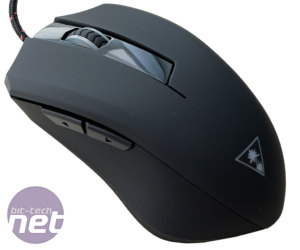
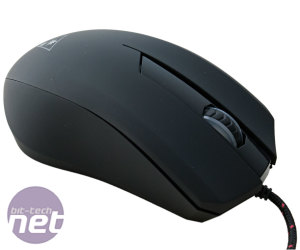
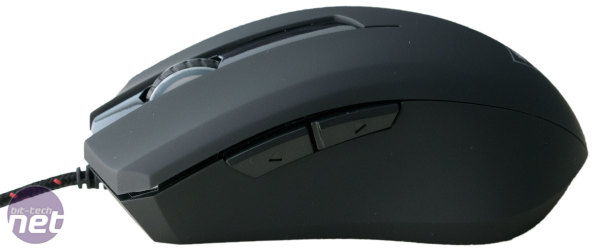
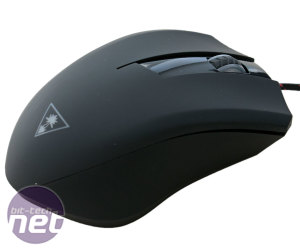
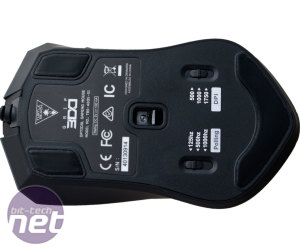







Want to comment? Please log in.